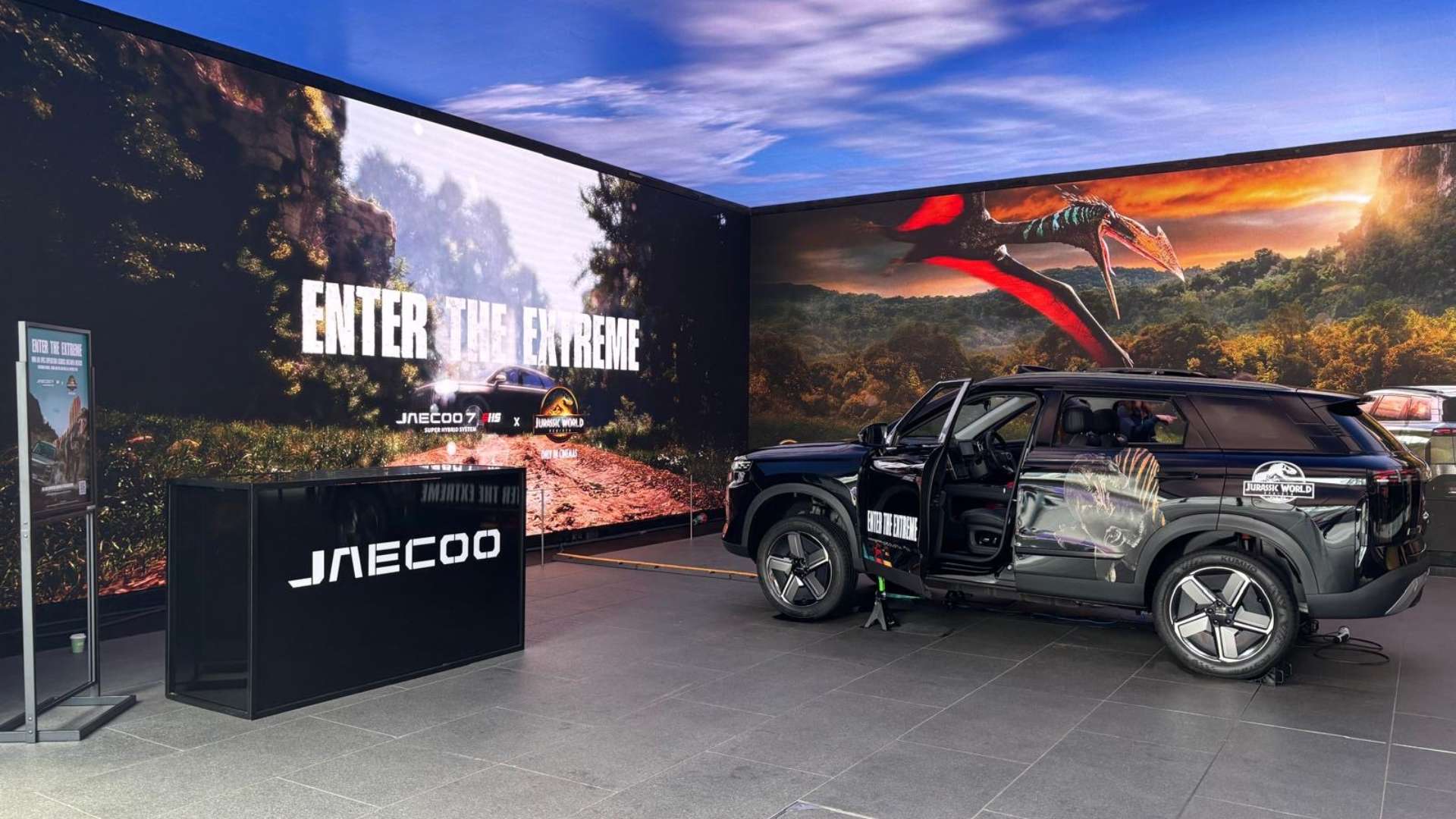How to Design Unforgettable Experiences – 2CV x Outernet
How to Design Unforgettable Experiences – 2CV x Outernet
On Wednesday 26th November, Outernet and 2CV took to the Now Trending stage with a panel of experts: Bethany Cawthorpe-Peck (Lead Director, Red Consultancy), Dr. Sheree McCormick (Cognitive Psychologist), Claire Jansen (Research Director, 2CV) and Jad Zouein (Director of Creative & Media Technologies, Outernet).
Together, they explored what elevates an experiential campaign from good to truly unforgettable, from creative principles and co-creation to measurement frameworks and emerging tech. If you missed it, here are the key takeaways.
1. What Makes Experiential Campaigns Exceptional?
Bethany kicked off by stressing one essential rule: stay true to the brand’s identity. Not every brief is right for experiential, so interrogating the strategy upfront is crucial.
She spotlighted McDonald’s recent campaign, where the challenge was communicating changes to how their burgers were made. Instead of simply announcing it, they created a tactile, playful world of giant buns, melting cheese and towering lettuce, transforming a fairly functional message into something consumers could feel, enjoy and remember.

Jaecoo partnered with Universal Pictures to create a Jurassic World virtual drive-through at Outernet
Jad added another Outernet example: Omoda Jaecoo’s automotive launch. Facing a crowded automotive market, they partnered with Universal Pictures to create a Jurassic World virtual drive-through. Audiences became active participants rather than passive viewers and the brand saw stronger uplift across the funnel as a result.
The takeaway: choose the right type of experience. Whether deeply immersive or highly interactive, the execution must align with brand identity and campaign goals.
2. Measurement: Capturing the True Value of Experience
Claire highlighted that experiential campaigns are inherently complex, making measurement challenging but essential.
2CV have developed a multi-layered framework to assess impact across:
Personal impact
Behavioural change
Reputational shift
No single metric can capture all of this, and benchmarking against category norms is vital to understand relative performance. Importantly, measurement needs to be built in from the start, not added as an afterthought.
3. The Psychology of Experience
Dr. Sheree McCormick unpacked the cognitive science behind why experiential works. Humans instinctively look where others are looking; our mirror neurons fire, helping us form stronger emotional and brand connections.
Experiential advertising also enhances mental imagery, making it easier for people to recall how an experience made them feel. Layering multi-sensory cues amplifies this effect.
Bethany reinforced this point: when brands successfully activate all five senses, they create truly resonant moments.
4. Designing for Immersion
Jad outlined the core design principles behind strong experiential work:
Put the human at the centre, not the technology.
Use technology as seamless infrastructure, not decoration.
Build a coherent story that invites participation.
Ultimately, great experiential design is about crafting a journey where tech, creativity and human behaviour come together.
5. What’s Next for Experiential?
The panel closed by sharing what keeps them up at night:
Bethany: making experiences accessible and scalable to the masses.
Claire: avoiding “one-size-fits-all” measurement; keeping frameworks tailored and meaningful.
Sheree: maintaining personalisation as tech evolves.
Jad: ensuring experiences remain emotionally genuine and fun.
For more information on how Outernet can help your brand create experiential campaigns that stand out from the crowd, please reach out to us at [email protected]

